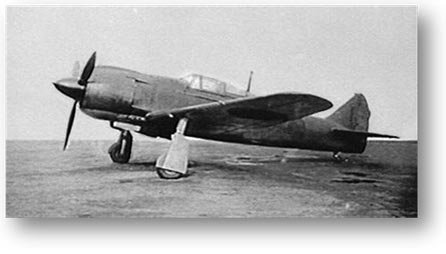The Kawasaki Ki-100, a fighter aircraft was first used by the Imperial Japanese Army in World War II and was given the designation “Type 5 Fighter” by The Japanese Army. It was a result of an emergency measure of adapting a Ki-61-II-KAI fighter to carry a Mitsubishi radial engine thus leading to the invention of an excellent interceptor fighter, one of the best used by the Army during the entire war. The Ki-100 took its first flight on the night of 9 March 1945 and but soon suffered its first loss on 7 April 1945, when a Ki-100 flown by Master Sergeant Yasuo Hiema was shot down by a B-29.
Since starting Ki-100 showed its good qualities against the USAAF B-29 heavy bombers at high altitudes, and was equally effective against U.S. Navy carrier fighters. Although fewer Ki-100s were available but proved to be one of the most important fighters during the whole world war.
Due to the success of Ki-100, it was decided to initiate production of this aircraft, the resulting Ki-100-Ib differing only by having the cutdown rear fuselage and all-round-view canopy that had been designed for the proposed Ki-61-III. A more effective version which is to be powered by the Mitsubishi Ha-112- Ilru engine is also being planned which includes a turbocharger to improve high-altitude performance, but only three of these Ki-100-II prototypes had been built and flown by the end of the war.
Specifications
| Crew: | 1 |
| Engine: | 2 x Mitsubishi Ha-112-II, 1125kW |
| Take-off weight: | 3495 kg (7705 lb) |
| Empty weight: | 2525 kg (5567 lb) |
| Wingspan: | 12 m (39 ft 4 in) |
| Length: | 8.82 m (28 ft 11 in) |
| Height: | 3.75 m (12 ft 4 in) |
| Wing area: | 20 m2 (215.28 sq ft) |
| Max. speed: | 580 km/h (360 mph) |
| Cruise speed: | 400 km/h (249 mph) |
| Ceiling: | 11000 m (36100 ft) |
| Range w/max.fuel: | 2200 km (1367 miles) |
| Range w/max.payload: | 1400 km (870 miles) |
| Armament: | 2 x 20mm cannons, 2 x 12.7mm machine-guns |
